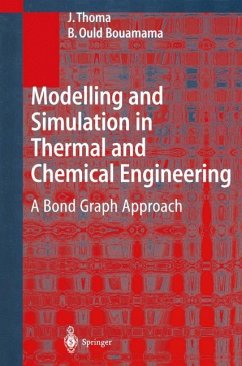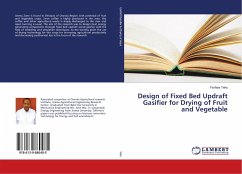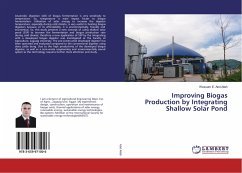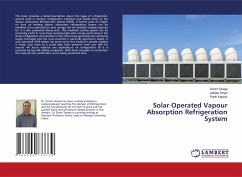It is a great pleasure for me to introduce this book which has the main ambition to make thermodynamics more directly accessible to engineers and physicists by stressing the analogies with the other physical domains; this science has discouraged more than a few students. The book comes from the meeting of two persons: 1. Jean Thoma, inventor of hydrostatic machines and transmissions, pro fessor at the University of Waterloo (Canada), expert in simulation and pilgrim for the promotion of bond graphs around the world. 2. Belkacem Ould Bouamama, associated professor at the University of Science and Technology in Lille, France, specialist in industrial control and seduced by the richness and structure of the bond graph method. Thermodynamics is a difficult subject; its concepts like entropy, enthalpy, etc. are not intuitive and often very abstract. For this reason, it is current practice to neglect the thermal aspects, although they are necessarily there in all physical phenomena, and to use isothermal models. This is equivalent to think that the system is immersed in an infinite temperature reservoir and maintains its temperature constant even if it receives or dissipates electric and other type of energy. For heat transfer and variable temperature, if it should be included, the classical approach is to study the changes between equilibrium states, and not the process itself, which is more a thermostatic than a thermodynamic approach. This is justified when only the constraints of equilibrium state must be satisfied.








